Foods with Vitamin B6
Foods rich in Vitamin B6 include beef, dairy, eggs, leafy greens, milk and more! Discover top Vitamin B6 foods that can boost your daily intake naturally and support your body.
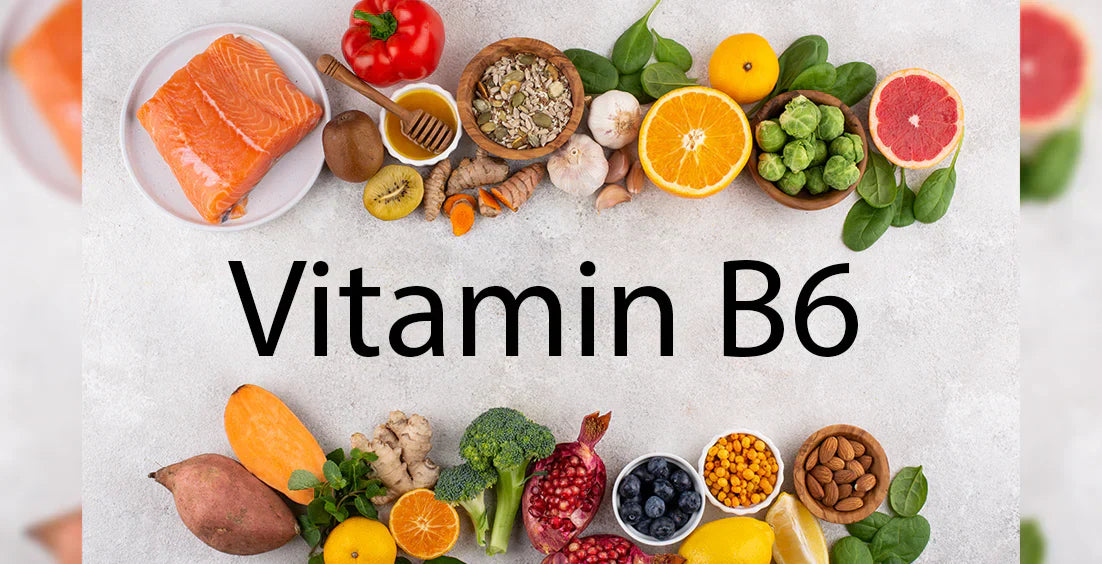
Vitamin B6 is an essential nutrient that supports brain health, boosts energy levels, and aids in red blood cell production. Many people meet their daily vitamin B6 requirements through nutrient-rich foods such as bananas, potatoes, and chicken.
Including more vitamin B6-rich foods in your diet can help you maintain optimal health and prevent deficiencies.
How can you ensure that you are getting adequate vitamin B6? Read along to discover what foods are high in vitamin B6 and how they can help you increase your vitamin B6 intake.
What Is Vitamin B6 and Its Functions?
Vitamin B6 is a collective class of water-soluble substances that are members of the B-vitamin family. A person's body cannot store vitamin B6 and excretes excess amounts in urine. That's why it is essential to consume enough vitamin B6 every day. Here are some vitamin B6 functions:
- In human cells, vitamin B6 participates in over 100 chemical reactions.
- Vitamin B6 is necessary for our bodies to produce red blood cells, convert foods into energy, and construct our genetic information (DNA and RNA).
- This vitamin also breaks down excessive, amino acids that might increase our risk of cardiovascular disease in high concentrations.
- Vitamin B6 helps with brain growth during pregnancy and infancy
- It produces neurotransmitters, such as serotonin and dopamine
How Much Vitamin B6 Do You Need?
The Recommended Dietary Allowance (RDA) for Vitamin B6 varies by age, sex, and life stage. Reputable sources like the Office of Dietary Supplements (ODS) and the Mayo Clinic provide an easy and accurate breakdown:
- Children (1–3 years): 0.5 mg/day
- Children (4–8 years): 0.6 mg/day
- Children (9–13 years): 1.0 mg/day
- Adolescents (14–18 years): Men: 1.7 mg/day, Women: 1.5 mg/day
- Adults (19–50 years): 1.3 mg/day for both men and women
- Older Adults (51+ years): Men: 1.7 mg/day, Women: 1.5 mg/day
- Pregnant Women: 1.9 mg/day
- Breastfeeding Women: 2.0 mg/day
These values are based on the RDAs established by health authorities to support various needs, including growth, metabolism, and specific conditions like pregnancy and lactation.
Top Food Sources for B6
When it comes to getting enough vitamin B6, knowing where to obtain this essential component is important. Eating a range of nutrient-dense foods is, as always, the greatest method to get essential vitamins and minerals. Since vitamins occur in varying amounts within the same foods, and if the food contains vitamin B6, it’s likely to include other B vitamins. A win-win for you. Here are some of the top sources of this essential nutrient:
1. Tuna
Seafood is one of the most abundant sources of vitamin B6. The highest B-6 concentrations are found in tuna steak, although canned tuna also contains significant levels. A single serving of yellow fin tuna, one of the best sources of this nutrient, contains 0.9 mg which is a whopping 52% of an adult’s daily requirement.
Along with several other essential minerals, such as heart-healthy Omega-3 fatty acids, calcium, magnesium, phosphorus, selenium, vitamin D, vitamin E, and other vital B vitamins, tuna is also a great source of protein.
2. Milk
Milk is a fantastic source of calcium, but did you know it also includes a large amount of vitamin B6? You can get a significant amount of vitamin B-6 from both cow or goat milk.
Low-fat, nutrient-dense options are skim and 1% milk. If drinking a glass of milk isn't your thing, consider pouring it over a low-sugar fortified cereal.
3. Turkey
Aside from Thanksgiving, consider including turkey in your diet in sandwiches, salad, or turkey burgers and meatballs.
A single serving of turkey ranging from two to three ounces, provides almost half of your daily requirement of B6. You'll also be getting other nutrients at the same time, such as zinc and selenium.
4 Eggs
Eggs are a nutrient-dense, multipurpose food. In addition to being the ideal breakfast food, they are also a simple lunch, brunch, or dinner option. No matter how you prepare them, two eggs contain 10% of your daily B6 quota as well as protein, minerals, and other nutrients
5. Chickpeas
For a vegetarian option, chickpeas are an excellent source of vitamin B6. They are also incredibly adaptable, as you can add them to salads, soups, veggie bowls, hummus, and many other recipes.
Don't stress over using canned or dried chickpeas; both are excellent choices for B6 foods.
6. Chicken liver
Although it isn't as well-known, this nutrient-dense dish provides a fantastic source of protein, folate, vitamin A, B-6, and B-12. It aids in the effective digestion and utilization of protein by your body. Chicken livers are affordable, tasty, and simple to prepare.
You can cook it with onions and green peppers or try substituting them for your normal protein sources. Just ensure you don’t overcook the livers, as this may cause them to become rubbery.
7. Bananas
You get 0.4 milligrams of vitamin B6, or 25% of your daily allowance, by eating just one medium banana. Bananas are a good source of potassium and a great source of vitamin B-6.
They're also cheap and convenient to eat on the go, making them a fantastic fruit to include in your bag as a quick snack if you're hungry during the day.
8. Carrots
In addition to fiber and extremely high vitamin A levels, one medium carrot stick provides as much vitamin B-6 as a glass of milk. Carrots can be fresh, boiled, or liquefied in a juice or smoothie.
Vitamin B-6 aids in the formation of myelin, the protein sheath that surrounds your nerve cells. Take advantage of the fiber, potassium, vitamin B-6, and vitamin A by adding them to stir-fries, roasting them as a side dish, or eating them as a snack with hummus.
9. Avocado
Another excellent plant-based source of B6 is avocados, which have about 20% of the daily value in one cup. They are also a good source of fiber, healthy fat, and other vitamins and minerals, including potassium, E, and C.
There are countless ways to enjoy avocados. They can be mixed in to salads and grain bowls, spread on toast, or cooked with eggs, (think Huevos Rancheros), and more.
10. Breakfast Cereal
Breakfast cereal is often fortified with 25% of the daily essential amount of vitamin B6. Your cereal bowl might also have other vitamins and minerals. Cereals can be eaten dry or with low-fat milk or substituted for a nutritious snack.
How Common Is Vitamin B6 Deficiency?
Deficiency in any of the B vitamins, including vitamin B6, can affect your health, so it's important to acquire enough of it through your food or if needed, vitamin supplements.
Although some Americans don’t consume enough vitamin B6 daily, most people meet their recommended intake through foods rich in this nutrient. As a result, vitamin B6 deficiency is less common compared to other nutrient deficiencies. However, if you are deficient in other B vitamins, such as vitamin B12 and folate, you might also be at a higher risk of vitamin B6 deficiency.
While vitamin B6 deficiency isn’t common, some groups of people might be at higher risk. This includes individuals who smoke, drink heavily, are pregnant, have obesity, or live with certain medical conditions. If you fall into any of these categories, it’s a good idea to talk to your healthcare provider.
Conclusion
Eating a well-balanced meal is the easiest method to ensure you get all the nutrients your body needs to function at its peak. The typical American diet frequently lacks some nutrients, like vitamin B-6. This vitamin offers numerous health advantages, from facilitating the proper operation of the neurological system to transforming food into energy.
Consuming vitamins through food is always the best option. The risk of vitamin B6 deficiency is higher for some persons, such as pregnant women, heavy drinkers, and obese people.
If your vitamin B6 levels worry you, discuss this with your doctor and, if necessary, inquire about vitamin B supplements.
About WOWMD Staff
The WOWMD Staff category features a diverse team of writers, each bringing specialized knowledge in areas such as nutrition, fitness, wellness, and more. Articles in this category benefit from insights provided by multiple experts. All content is peer-reviewed and regularly updated to ensure compliance with our editorial standards.
References
- Vitamin B6 in Health and Disease https://pmc.ncbi.nlm.nih.gov/articles/PMC8467949/
- Vitamin B6 https://lpi.oregonstate.edu/mic/vitamins/vitamin-B6#RDA
- Vitamin B6: Fact Sheet for Health Professionals https://ods.od.nih.gov/factsheets/VitaminB6-HealthProfessional/
- Mineral and vitamin content of goat's milk https://pubmed.ncbi.nlm.nih.gov/6707399/
- Nutritional composition and technological properties determining the quality of different cuts of organic and conventional Turkey meat https://pubmed.ncbi.nlm.nih.gov/39357238/
- Nutritional contribution of eggs to American diets https://pubmed.ncbi.nlm.nih.gov/11023007/
- Chickpeas: https://fdc.nal.usda.gov/food-details/1560666/nutrients
- Availability of vitamin B6 from different food sources https://pubmed.ncbi.nlm.nih.gov/11939111/
- Chemical composition, functional properties and processing of carrot—a review https://pmc.ncbi.nlm.nih.gov/articles/PMC3550877/
- Higher vitamin B6 dietary consumption is associated with a lower risk of glaucoma among United States adults https://www.frontiersin.org/journals/nutrition/articles/10.3389/fnut.2024.1363539/full
Evidence Based Research
This WOWMD content has been reviewed, as well as checked for facts, so as to guarantee the best possible accuracy.
We follow a strict editorial policy, especially related to the sources we use. Our articles are resourced from reputable online pages, with research drawn from academic institutions and peer-reviewed studies. You can click on the numbers in the parentheses (1, 2, etc.) and check out those references.
The feedback form on this page can be used to report content that is not accurate, up-to-date or questionable in any manner.
We do NOT intend for the information presented through our articles to replace the medical relationship with a qualified physician, nor does it represent specialized advice.


 Skin Detoxification Bundle
Skin Detoxification Bundle Complete Weight Loss Bundle
Complete Weight Loss Bundle Heart Care Bundle
Heart Care Bundle Better Immunity Bundle
Better Immunity Bundle  Men's Immunity & Prostate Health Bundle
Men's Immunity & Prostate Health Bundle Stress + Energy + Wellness Combo
Stress + Energy + Wellness Combo  Energy Booster Combo
Energy Booster Combo Natural Skin Care Bundle
Natural Skin Care Bundle Workout Supplements Combo
Workout Supplements Combo Cognitive Health & Vision Combo
Cognitive Health & Vision Combo Joint Health Support Combo
Joint Health Support Combo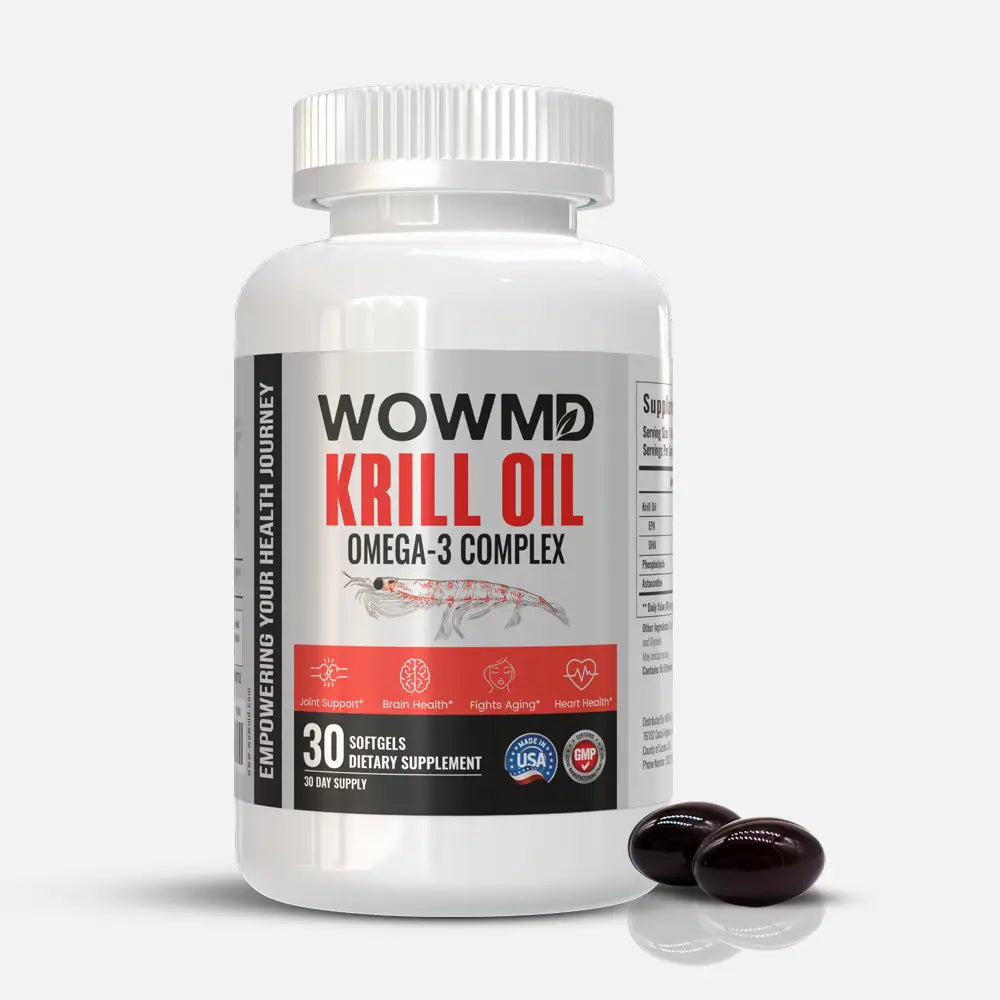
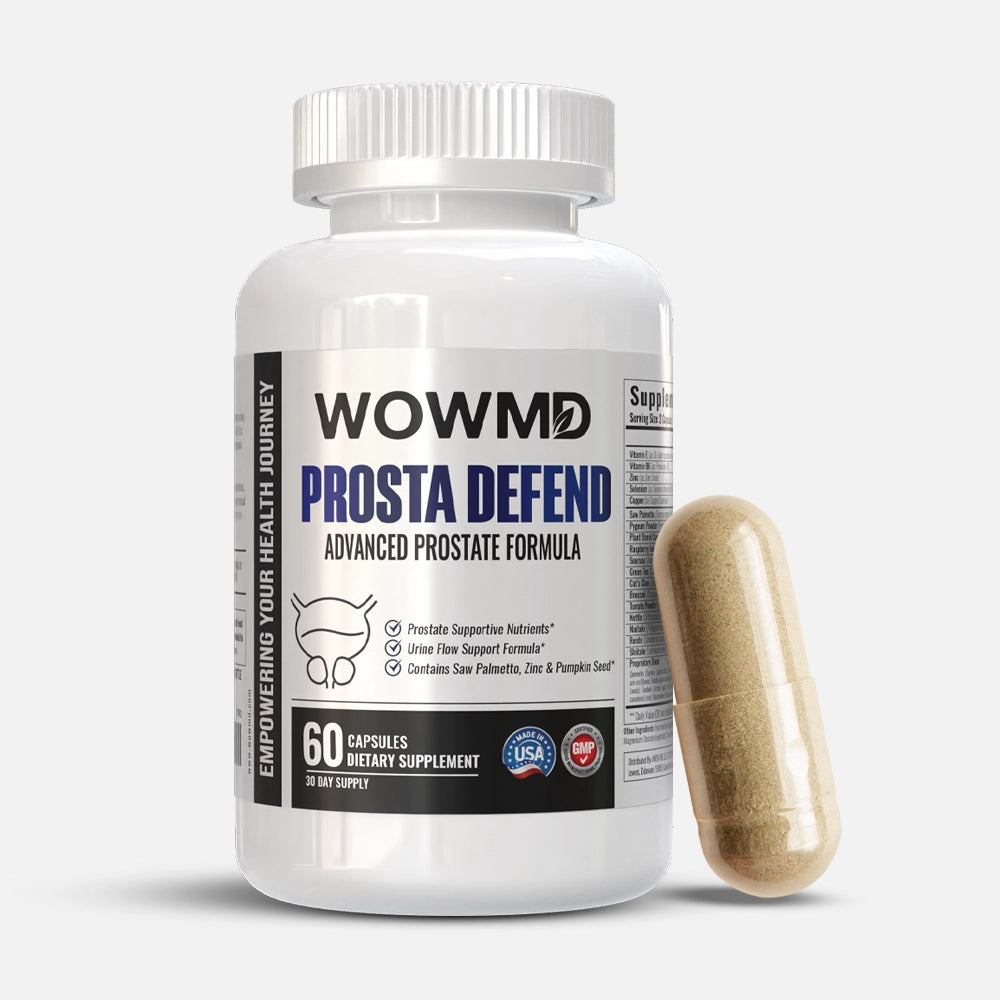

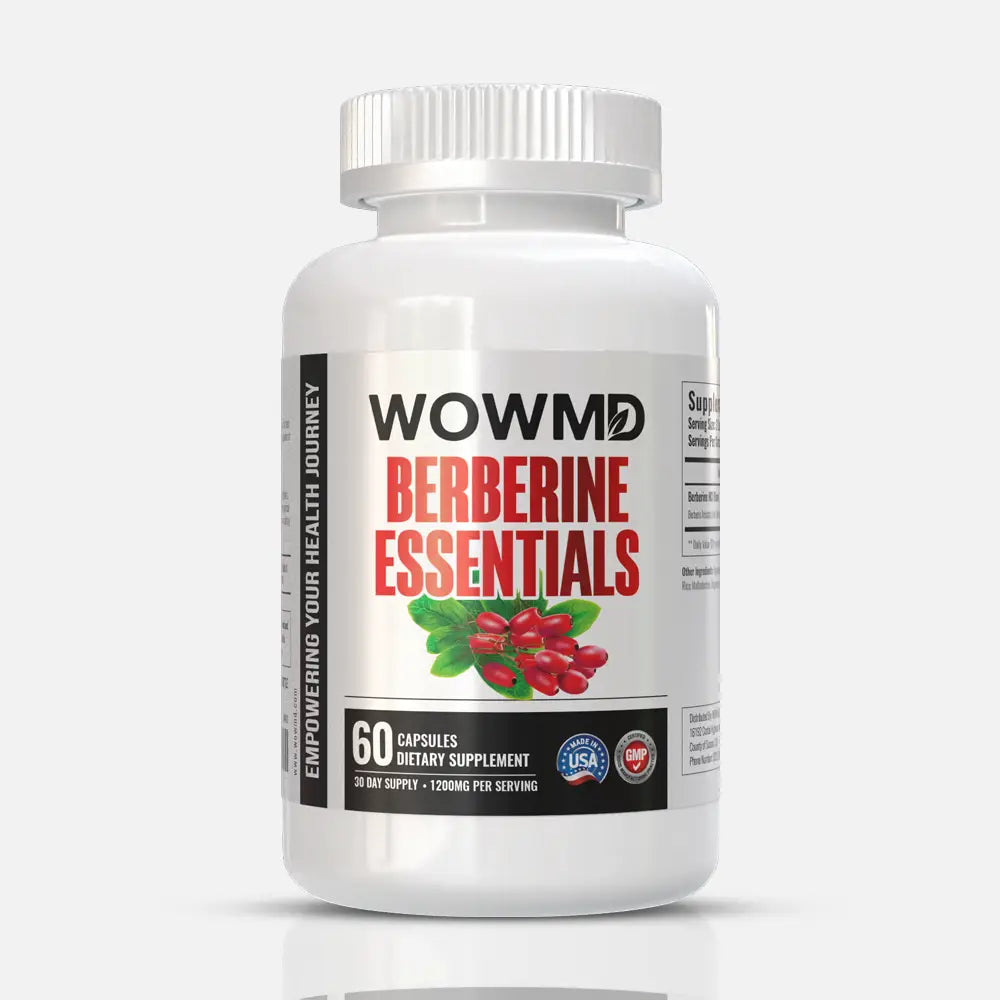
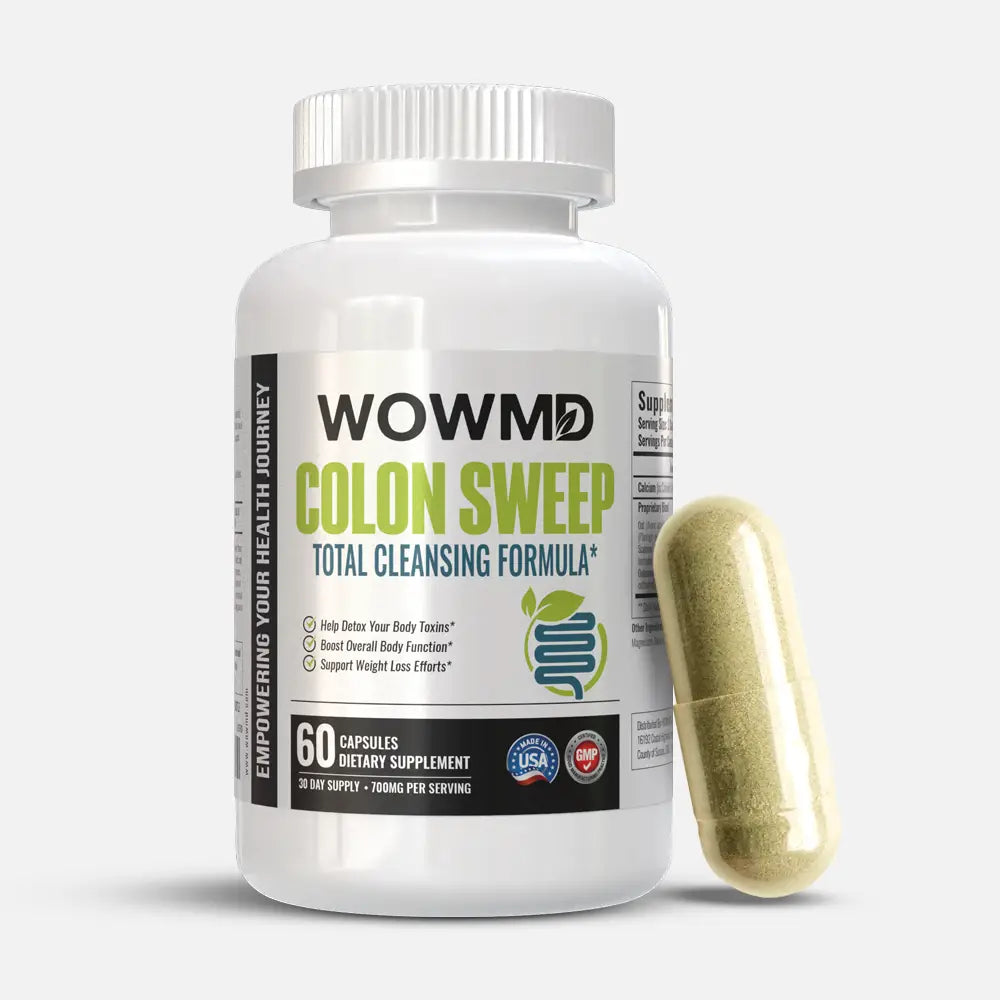
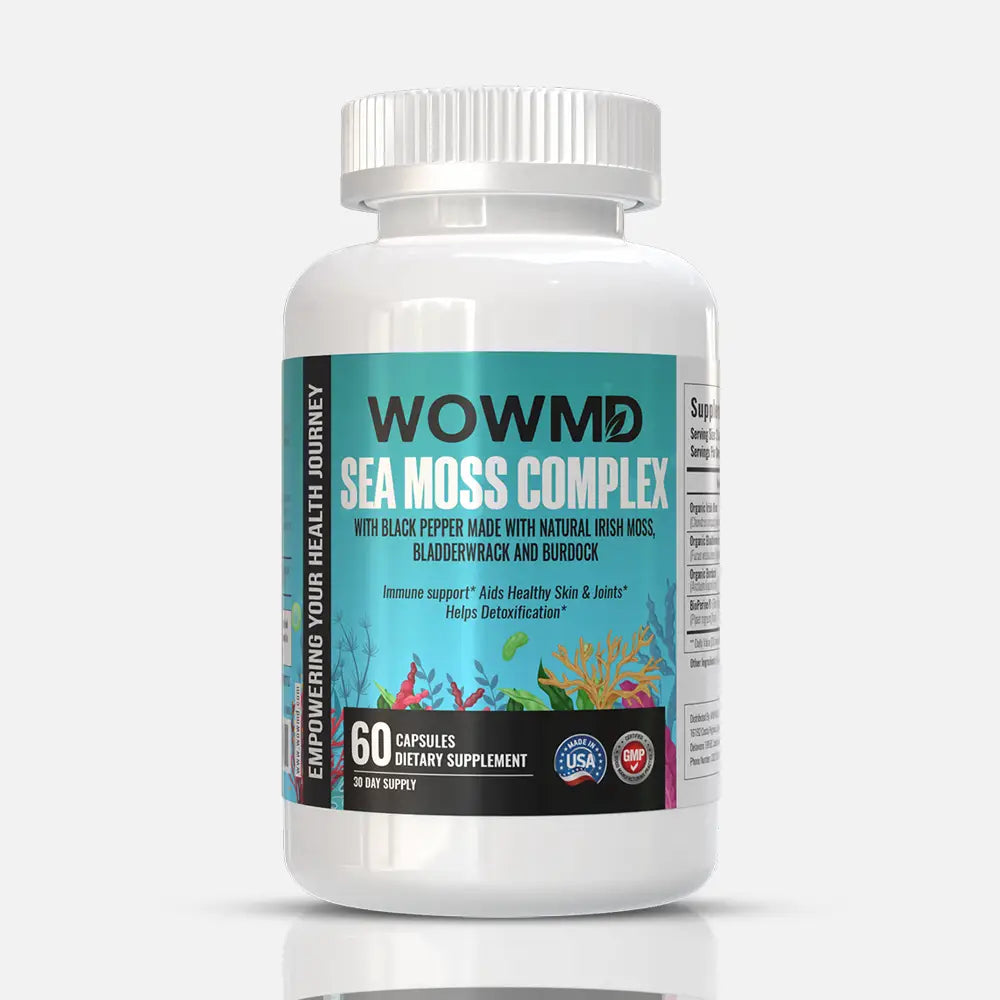

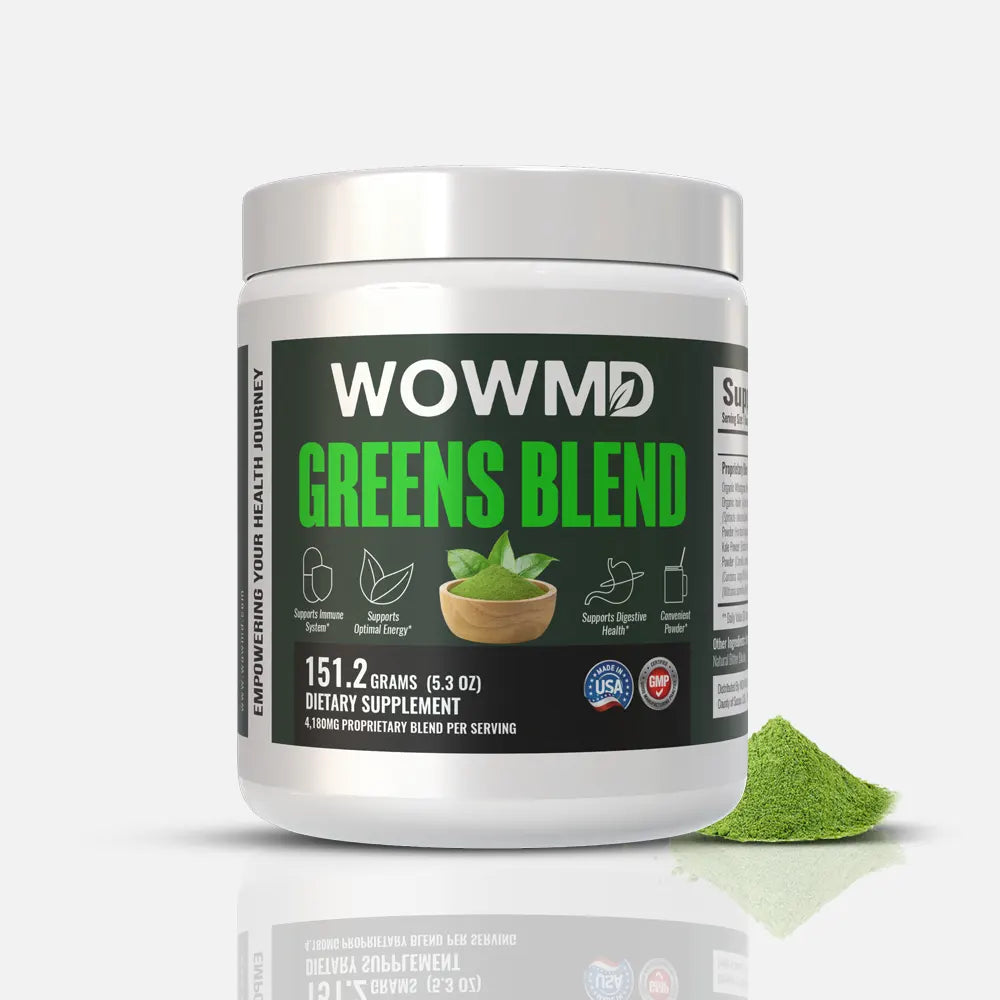
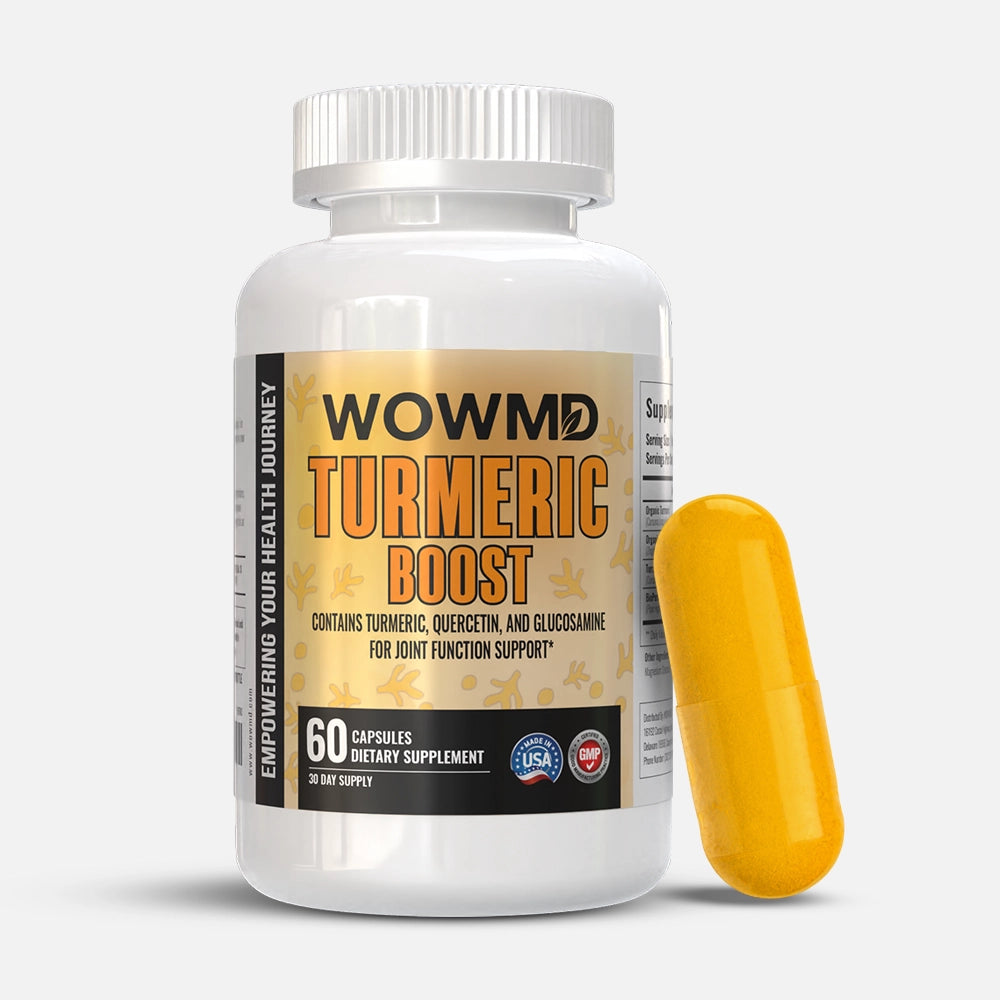





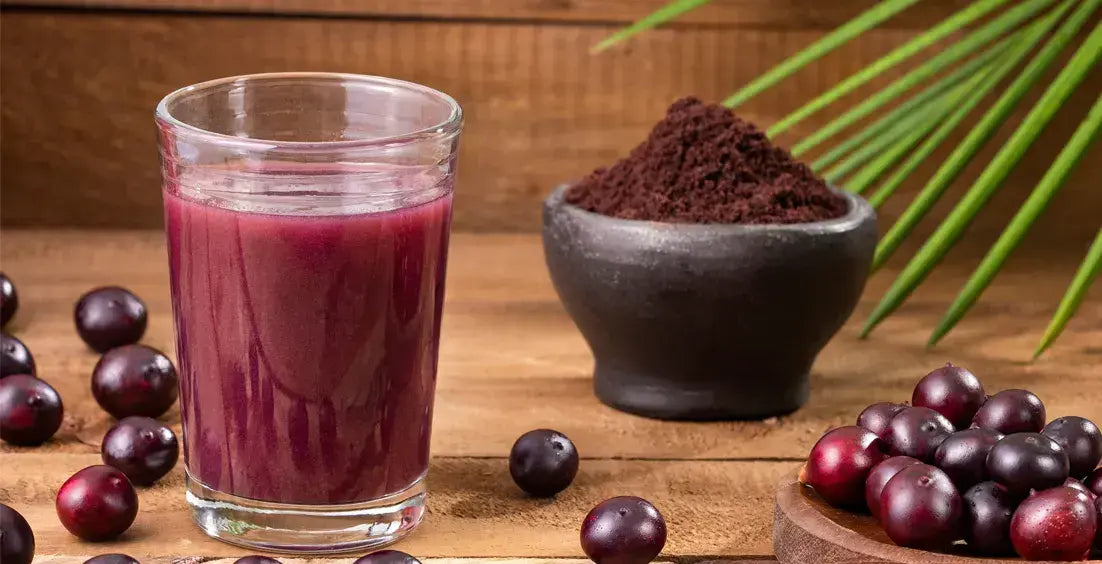
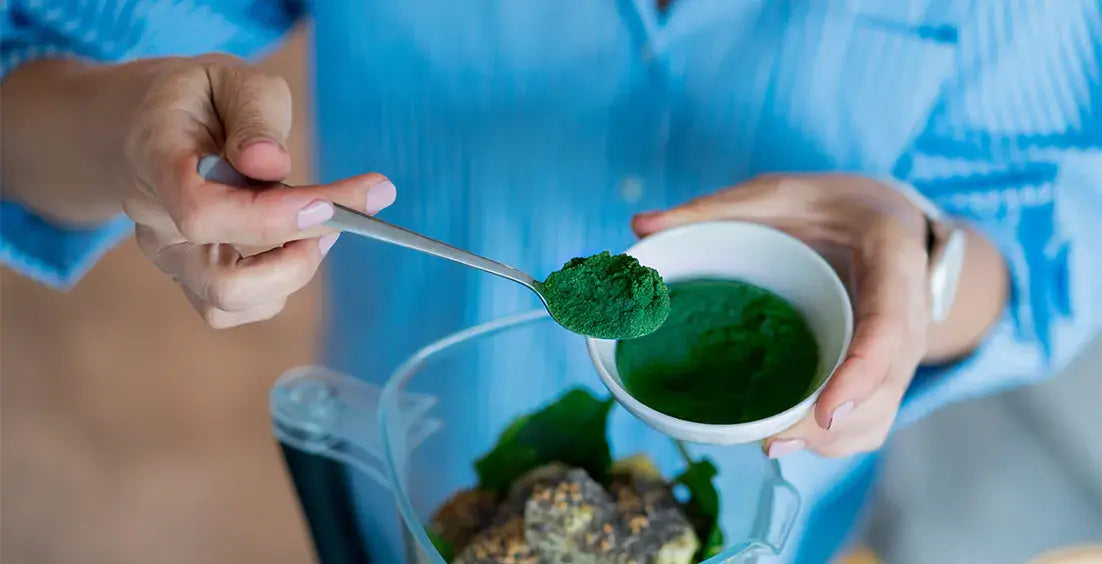


 By WOWMD Staff
By WOWMD Staff
